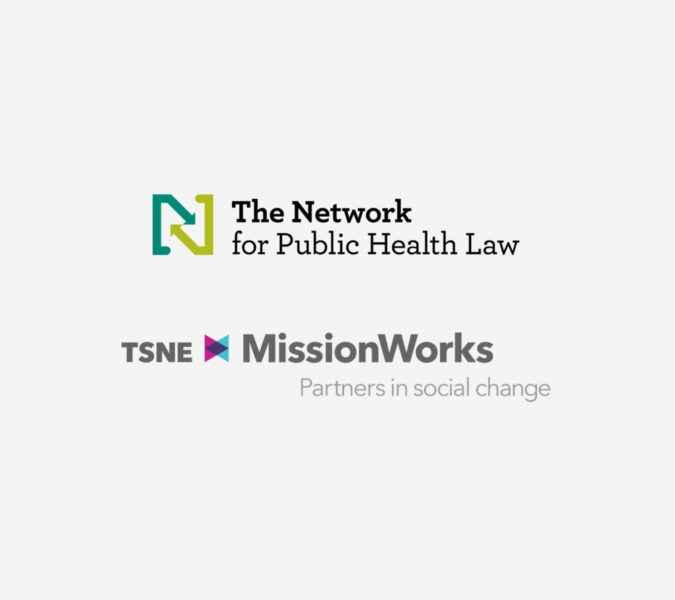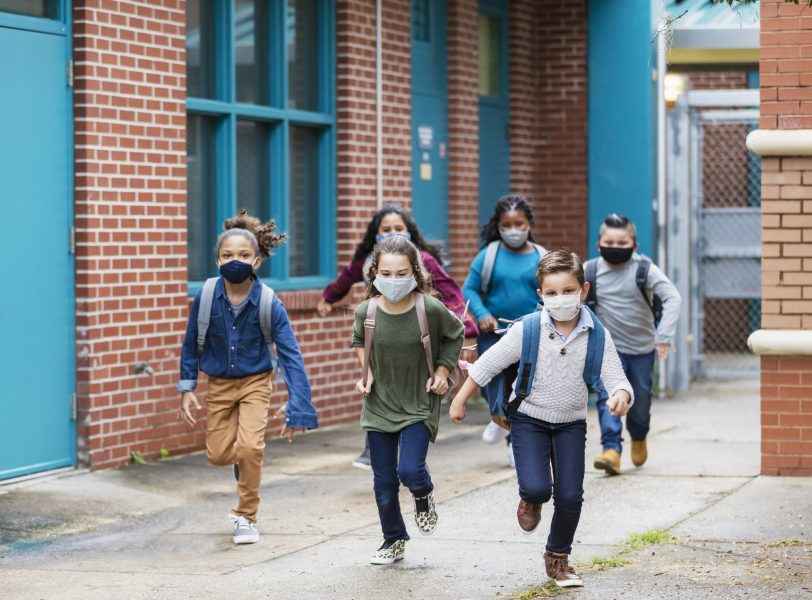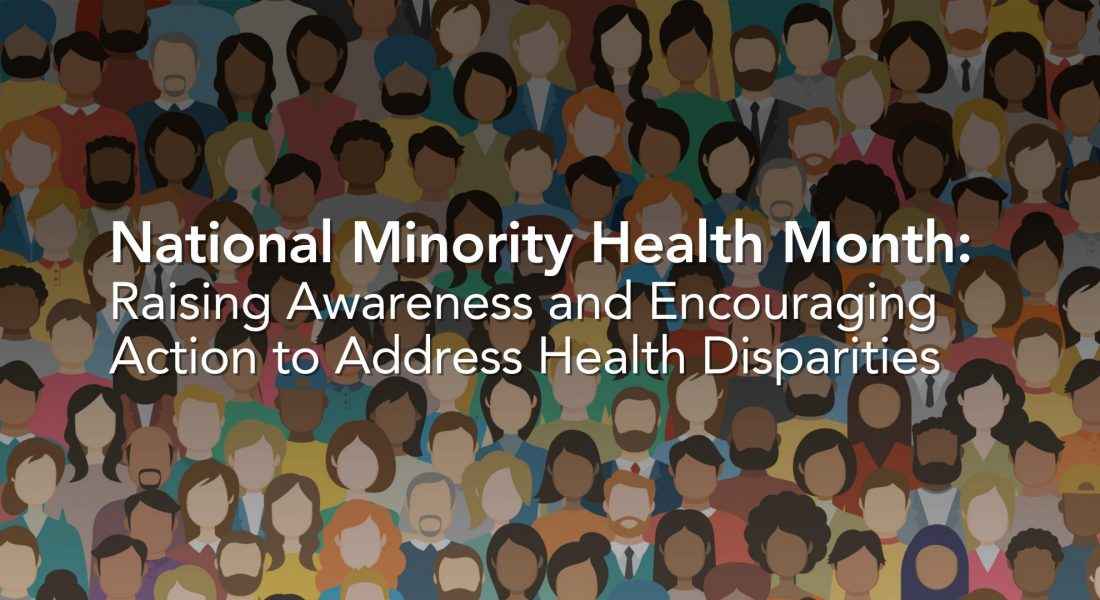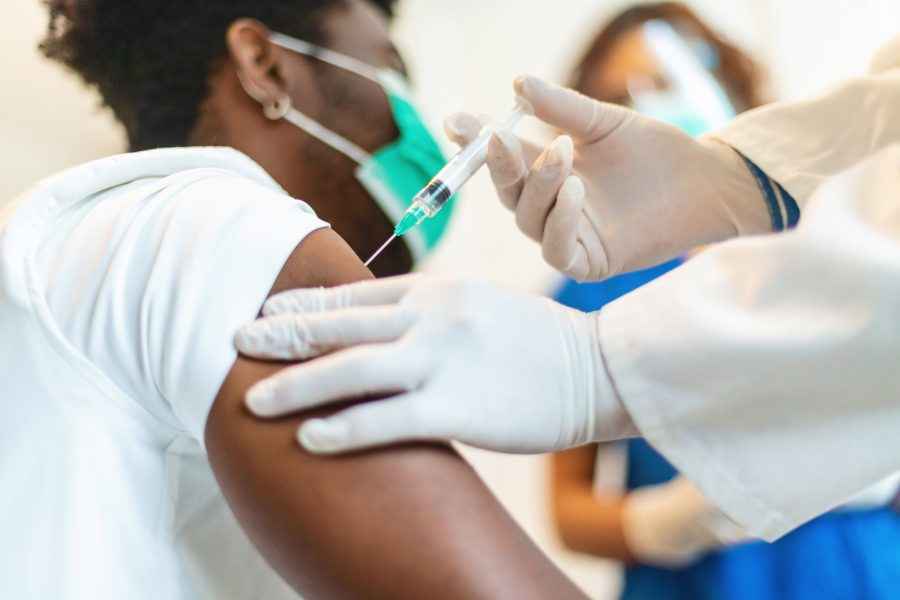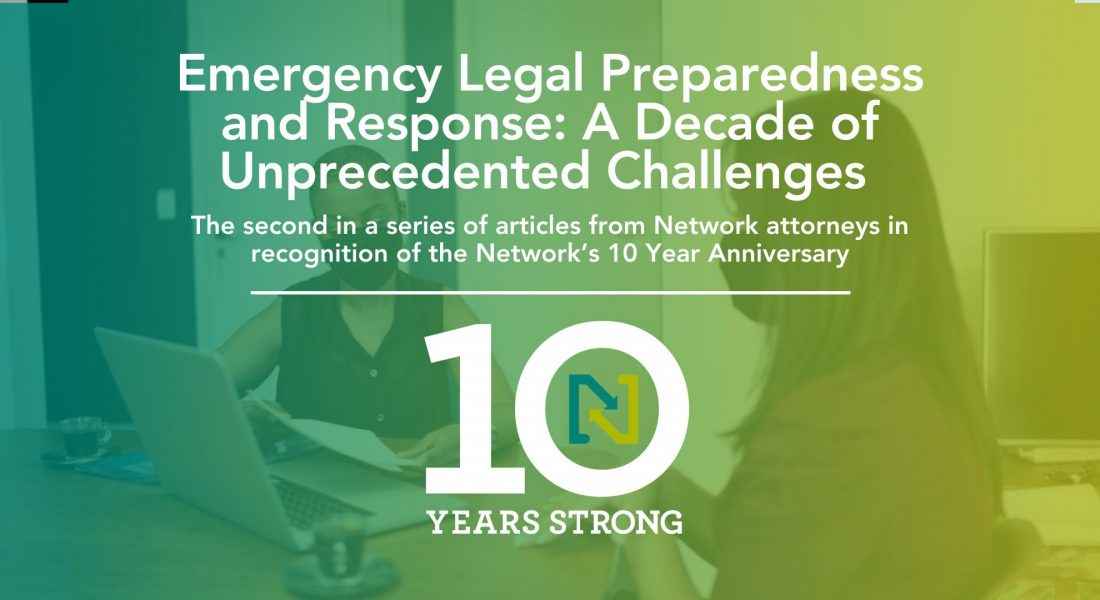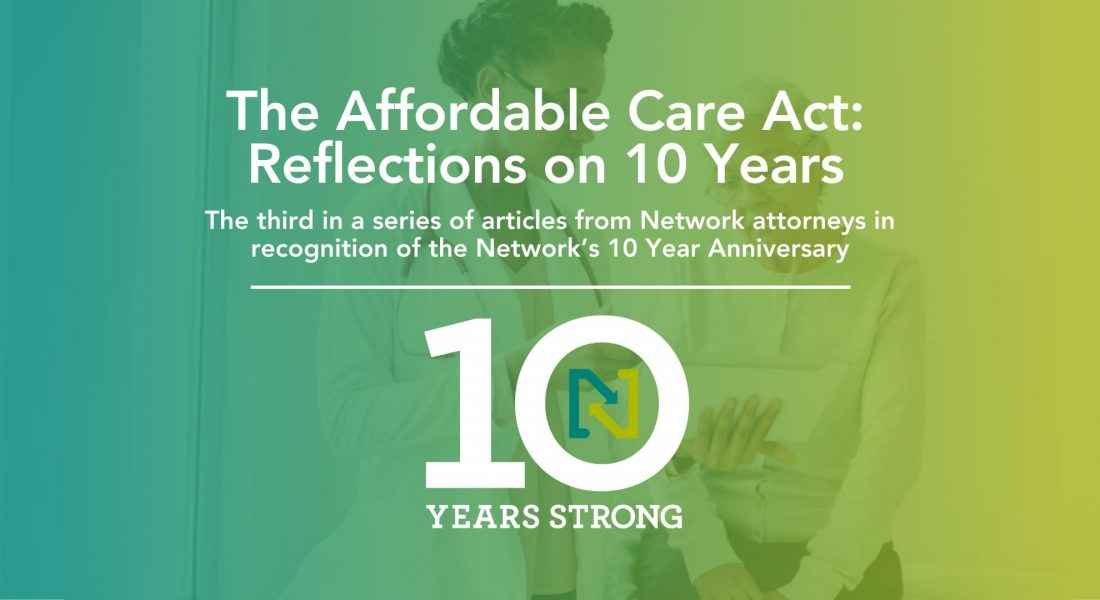
The Affordable Care Act: Reflections on 10 Years
Law & Policy InsightsMedicaidDespite repeated attacks by opponents in the past 10 years, the ACA has not only survived – it has thrived. Because of the law, millions of people gained insurance coverage for the first time. Millions more have increased security when insured, benefitting from prohibitions on discrimination by insurers and protections for people with preexisting conditions. In this commentary, Sarah Somers, J.D., M.P.H., managing attorney at the Network’s Southeastern Region Office, reflects on a decade of significant events and greatest successes in the ACA’s history, and provides a preview of things to come.



